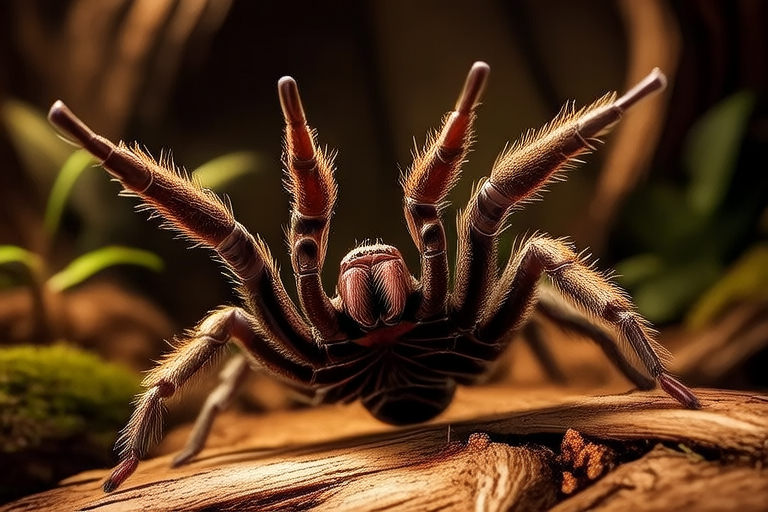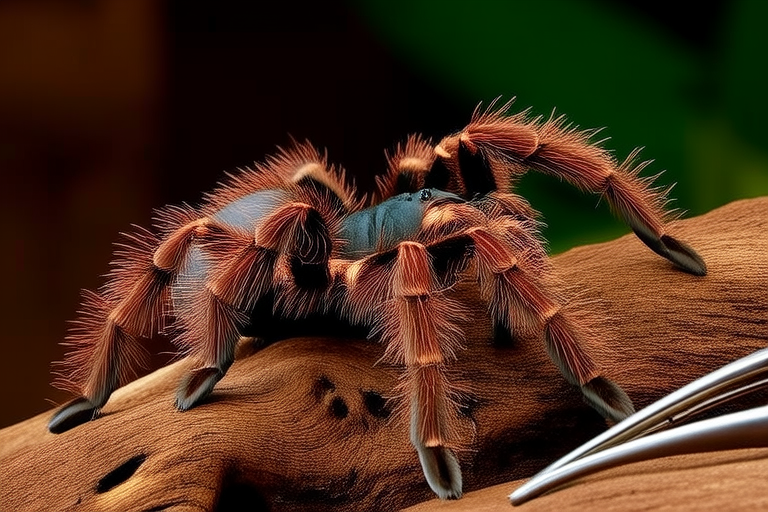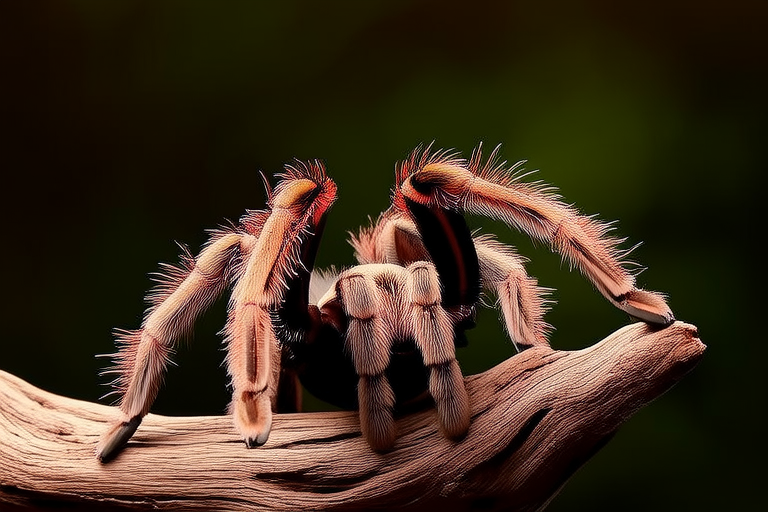
Living with a Pet Tarantula: My Journey into Arachnid Ownership
Introduction: The Decision to Own a Tarantula
When I first considered owning a tarantula as a pet, my initial reaction was one of fascination mixed with a touch of fear. The idea of having such a unique creature as a companion was intriguing, but the common misconceptions about tarantulas being aggressive and dangerous made me hesitate. In reality, tarantulas are fascinating arachnids that can make wonderful, low-maintenance pets. Their docile nature and minimal space requirements were key factors in my decision to take the plunge.
The journey of becoming a tarantula owner started with research. I quickly learned that these spiders are generally calm and prefer to avoid confrontation. They have eight eyes but poor vision, relying more on vibrations and scent to navigate their environment. This realization helped dispel some of the myths surrounding tarantulas and solidified my decision to bring one into my home.
Setting Up the Perfect Habitat
Creating a comfortable and safe environment for your tarantula is crucial. The enclosure should be spacious enough for the tarantula to move around freely but not so large that it feels exposed or threatened. A general rule of thumb is to provide at least three times the leg span of the tarantula in height and width.
The substrate plays a vital role in maintaining the right humidity levels within the enclosure. Coconut fiber, peat moss, and vermiculite are popular choices due to their moisture-retention capabilities. These substrates also provide a naturalistic feel to the habitat, which is important for the tarantula’s well-being.
Temperature and humidity are equally important. Most tarantulas thrive in a temperature range between 75°F and 85°F (24°C to 29°C). Humidity levels should be maintained between 60% and 80%, depending on the species. Using a hygrometer to measure humidity and a thermometer to monitor temperature ensures optimal conditions.
Hiding spots are essential for providing security and reducing stress. Half logs, cork bark, and flower pots with holes drilled into them can serve as effective hiding places. These structures mimic the natural environment of tarantulas and help them feel secure in their new home.
Feeding Habits and Prey
Tarantulas are carnivorous and primarily feed on insects. Crickets, mealworms, and dubia roaches are commonly offered as food items. The size of the prey should be appropriate for the tarantula; generally, no larger than half the size of the spider’s body.
The frequency of feeding depends on the age and size of the tarantula. Younger tarantulas may need to be fed weekly, while adults might only require feeding every two weeks. It’s important to remove uneaten prey after a few hours to prevent potential harm to the tarantula.
Handling and Respecting Space
While tarantulas can be handled, it’s important to approach this activity with caution. Always wash your hands before and after handling to prevent the transfer of oils or chemicals from your skin that could harm the tarantula. Use a soft, wide-handled tool like a paintbrush to gently coax the tarantula out of its enclosure if necessary.
Respecting the tarantula’s space is paramount. Tarantulas are solitary creatures by nature and do not enjoy frequent interaction. Handling should be limited to when necessary, such as during routine maintenance or when transferring the tarantula to a new enclosure.
Common Health Issues and Signs of Distress
Like any pet, tarantulas can face health issues. Common problems include mites, fungal infections, and dehydration. Mites can be identified by tiny red dots visible on the tarantula’s legs or abdomen. Fungal infections often appear as white, fuzzy patches on the tarantula’s body. Dehydration manifests as a lack of mobility and sunken fangs.
Signs of distress include lethargy, refusal to eat, and unusual behavior such as excessive webbing or hiding. If you notice any of these symptoms, it’s advisable to consult a veterinarian specializing in exotic animals for proper diagnosis and treatment.
Proper Care Techniques
Maintaining a clean enclosure is essential for the tarantula’s health. Spot cleaning should be done regularly to remove waste and uneaten prey. A full enclosure cleaning should be performed every few months, ensuring that all materials are thoroughly cleaned and disinfected before replacing them.
Regular monitoring of temperature and humidity levels is crucial. Adjustments may be necessary based on seasonal changes or if the tarantula shows signs of discomfort. Providing a balanced diet and ensuring access to fresh water also contribute to the tarantula’s overall well-being.
Reflections and Advice
Owning a tarantula has been a rewarding experience. Watching these fascinating creatures grow and thrive in their new home has been incredibly fulfilling. The bond formed through careful observation and gentle handling has been a unique aspect of pet ownership.
For those considering adopting a tarantula as a pet, I recommend thorough research and preparation. Understanding the specific needs of the species you choose is key. Be prepared for a commitment that involves regular maintenance and occasional challenges. However, the joy and satisfaction of sharing your home with a tarantula far outweigh the effort.





